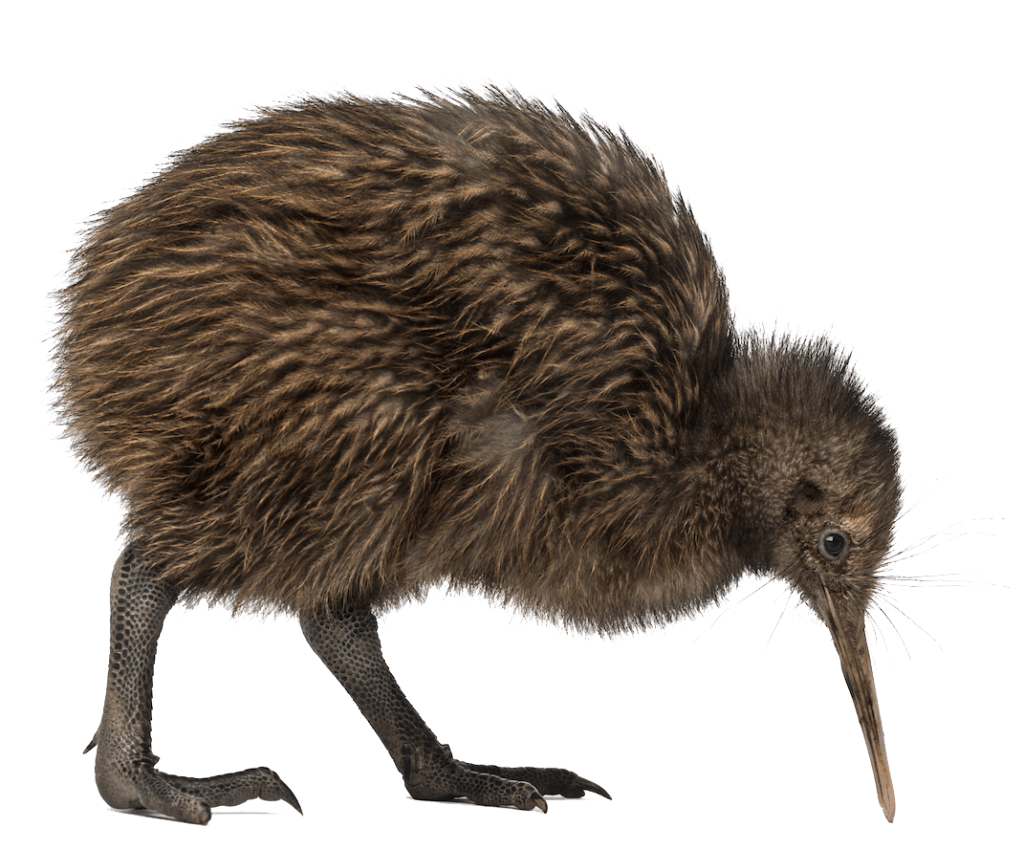Species
Kiwi are ratites. The closest relatives to kiwi today is the elephant bird from Madagascar. They are also related to emus and cassowaries of Australia, and the extinct moa of New Zealand.
There are five species of kiwi:
- Brown Kiwi
- Great Spotted Kiwi
- Little Spotted Kiwi
- Rowi
- Tokoeka
Kiwi can live for between 25 and 50 years. Chicks hatch fully feathered. They emerge from the nest to feed at about five days old and are never fed by their parents. Juveniles grow slowly, taking three to five years to reach adult size.
